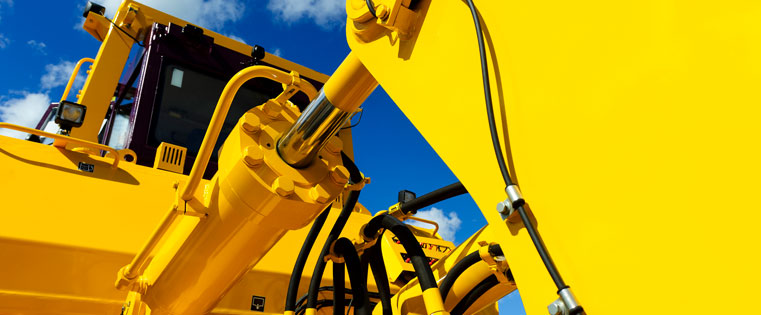1 min read
What is Bearing Service Life? And Which Qualities Impact it?
![]() Dave Biering
November 7, 2017
Dave Biering
November 7, 2017

We often talk about the importance of bearing service life in this forum, but what exactly is a good standard of measure to this question? The truth is, bearing longevity depends on factors beyond operating conditions. Here’s the rest of the story:
As defined by Machine Design, bearing service life is, “The life of a bearing under actual operating conditions before it fails or needs to be replaced.”
Simple enough.
But which factors contribute to how long you can expect your bearing to last in your “typical” environment? We consider these main factors:
1) Lubrication is critical
Without good lubrication levels (whether manually-greased rolling element bearings, or self-lubricated composites), bearing friction will build. Which means heat will build, and so, too, the possibility of bearing overheating and failure. Environmental factors like dust and contamination can also have a negative impact on lubrication (causing a lapping compound to form around the hardware), which will result in a shorter bearing service life. Good lubrication is very important.
2) Bearing load is a key contributor
Knowing the full load potential of an application is key to determining bearing lifetime. This is especially true with cantilevered and uneven loads (as in construction equipment lifting applications). Best practice is to “overdesign” a bearing by overestimating the highest load it may encounter in order to leave some room for additional weight.
3) Operating temperatures (not too hot!)
Matching the right material formula to the anticipated temperature, as we recently explored, Bearing Temperatures and Plastic Composites) Temperatures impact press fits and the thermal expansion, which, in turn, impact the tolerance between the shaft and the ID of the bearing. These all contribute to the total service lifetime of the bearing.
4) Speeds are important, too
Bearings that are improperly matched to the SPM (or speed for minute) of the rotary application will wear more quickly and have a detrimental impact on service life. Good bearing alignment is also important.
While the above are the primary contributors to how long you can expect a bearing to last, it’s important to also consider additional factors like material storage. Some materials, like etched-PTFE Rulon, require a UV-blocking bag or else the etching will degrade in standard warehouse conditions. For best results and longer service, bearing materials must be stored and handled properly. Read more about bearing wear.
Ultimately, the better a bearing is matched to your application environment, the longer it will last. We can help guide you to the right material!
If you're interested in a general primer about bearings, including types of bearings, common failure modes, and some tips for strategic bearing selection, check out our Bearings 101 feature article.









